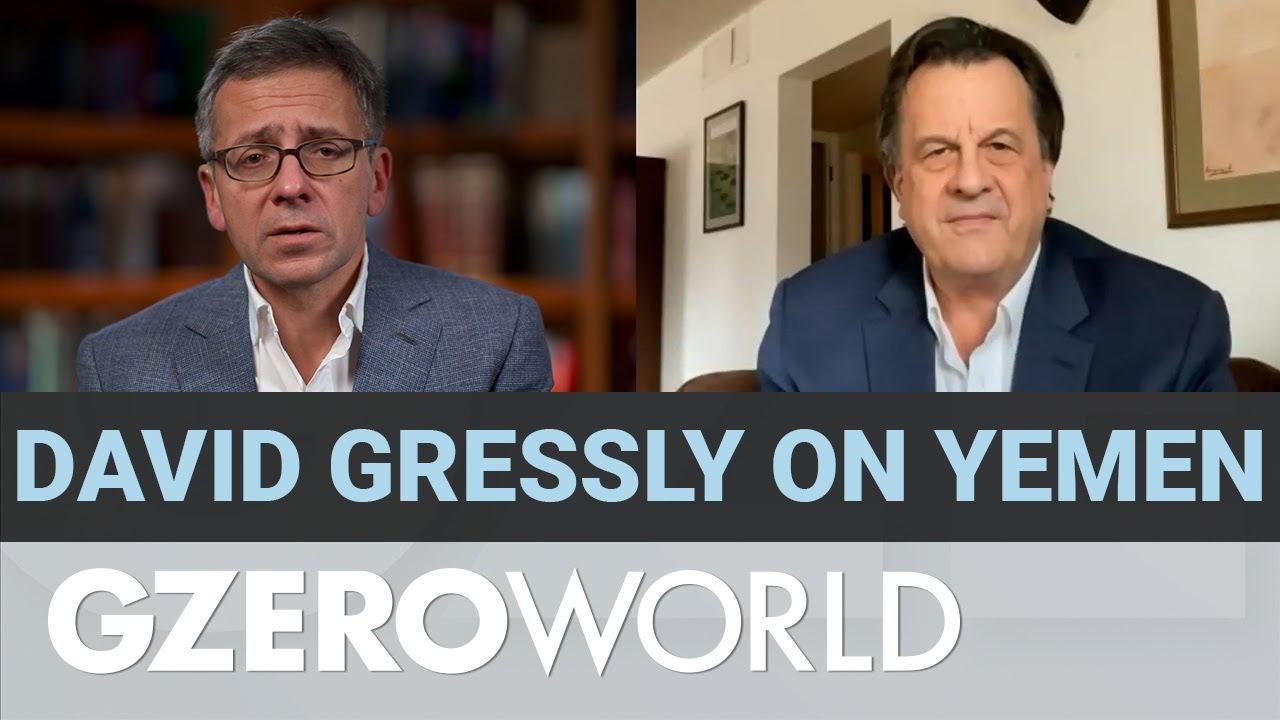GZERO World Clips
Inequity and conflict in Yemen: interview with UN's David Gressly

Inequity and Conflict in Yemen | UN's David Gressly | GZERO World

Why you should remember Yemen’s forgotten war In Yemen, the world’s biggest humanitarian crisis you’ve probably never heard of, 80 percent of people need international aid just to survive.
Two-thirds are hungry, and half don’t know where their next meal will come from.
Life is very hard in Yemen, UN Resident Coordinator David Gressly tells Ian Bremmer. Most infrastructure is destroyed, few can access clean water or health care, and many Yemenis are afraid to go outside because of landmines.
Meanwhile, 1.2 civil servants continue to show up to work, with little or no pay. If they stayed home, the state would cease to exist. The UN is asking for $3.6 billion simply to feed Yemenis and keep the lights on through 2022, but is now still short $1.6 billion. Gressly says that means many Yemenis will go hungry next year.
Regional powers Iran and Saudi Arabia have turned Yemen into a seven-year proxy war, with civilians paying the price. The country is divided between the Houthis, an Iran-backed Shia militant group, and the internationally recognized government with Saudi Arabia on its side.
It’s unlikely the conflict will end anytime soon. The Biden administration has delisted the Houthis as a terrorist organization and stopped selling weapons to the Saudis. Gressly thinks that’s a step in the right direction, but not enough.
Watch the episode of GZERO World on Yemen's forgotten war: https://www.gzeromedia.com/gzero-world-with-ian-bremmer/caught-in-the-crossfire-yemens-forgotten-war
It's one of the few sources Americans across the political spectrum still rely on.
Think you know what's going on around the world? Here's your chance to prove it.
America’s new National Security Strategy confirms what Europeans have feared for months: Washington now sees a strong, unified European Union as a problem to be solved, not an ally to be supported.
Sports inspire greatness, determination, and resilience — both on and off the field. Bank of America is proud to celebrate the achievements of and uplift communities through the power of sports. Learn more about how Bank of America supports athletes in life and in the game.